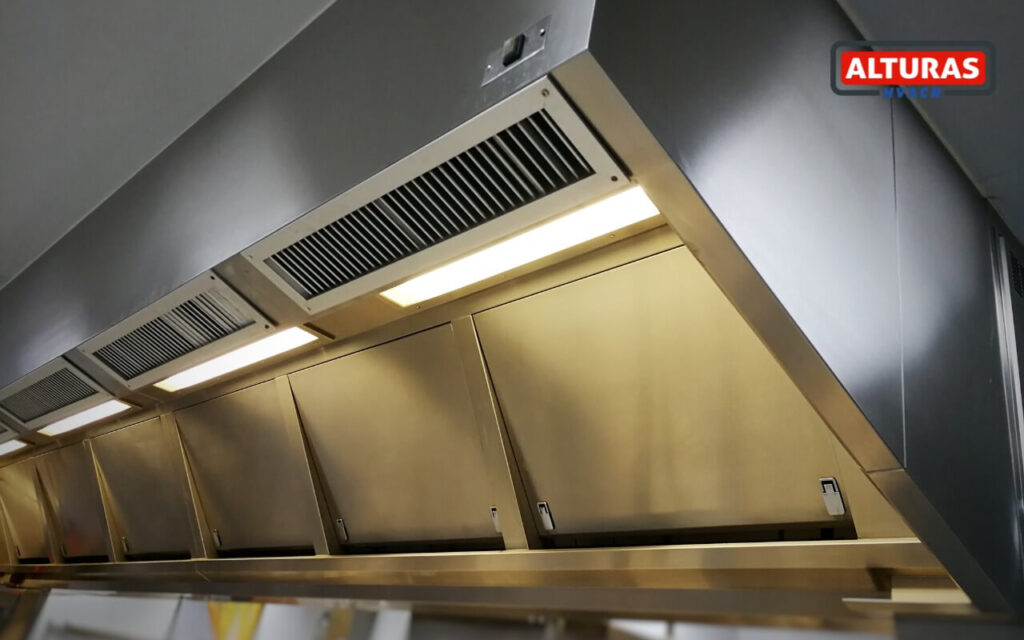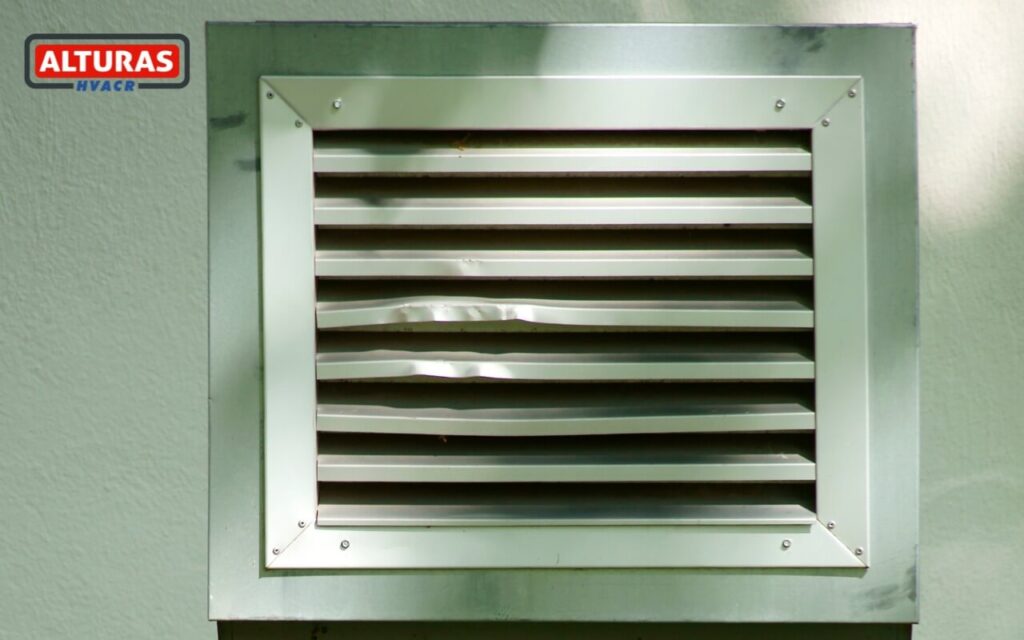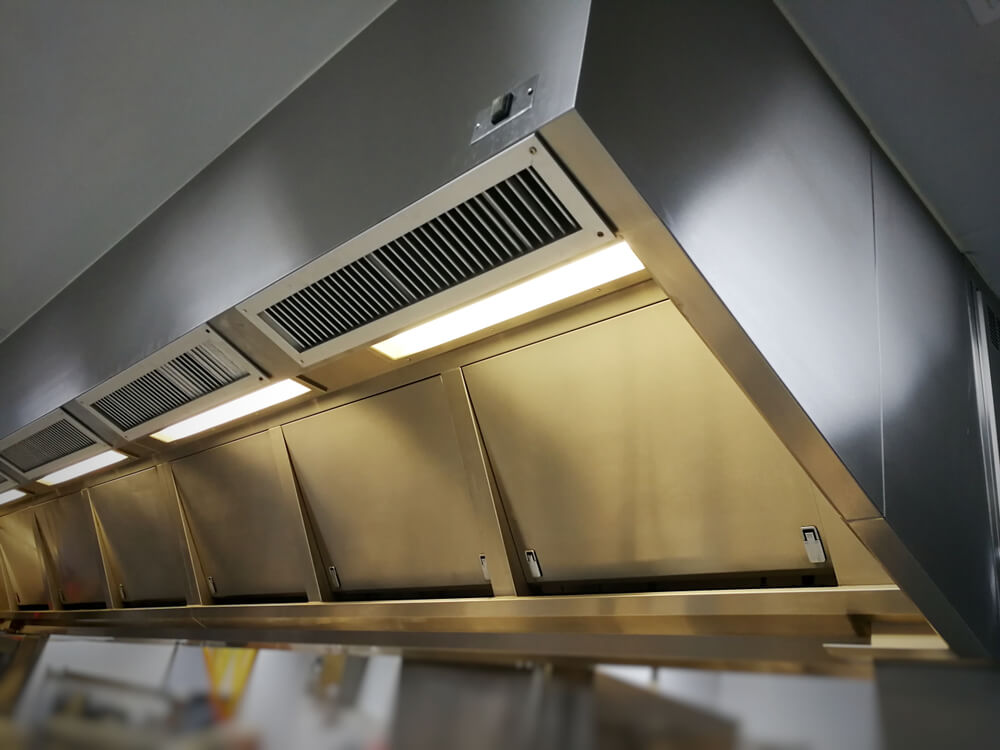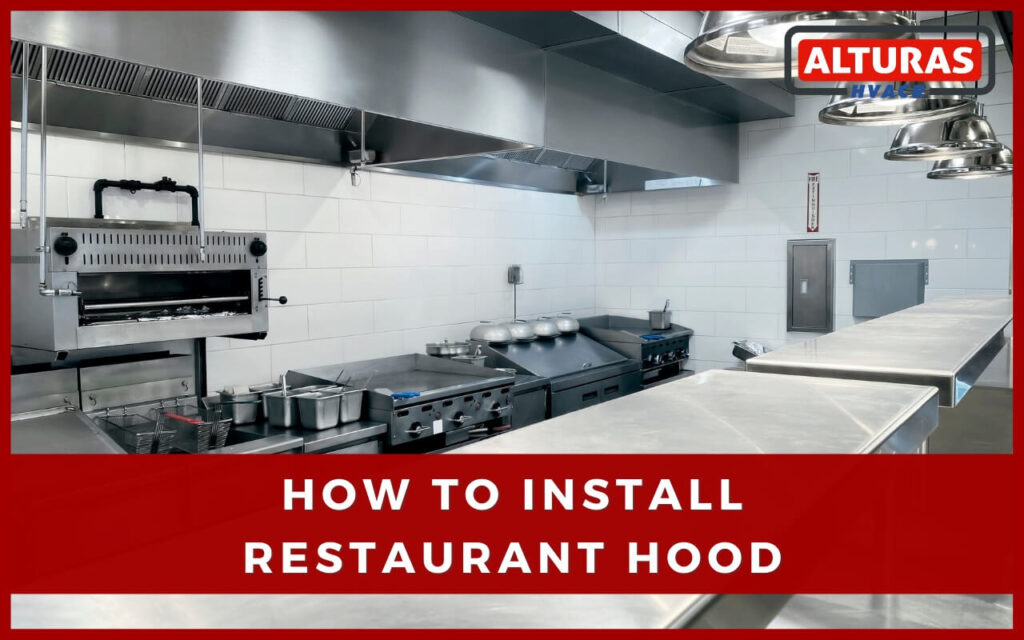All restaurants, whether they are commercial chain restaurants or any family-owned walk-in diners must implement measures to manage airflow better. Commercial kitchen ventilation systems also known as restaurant hoods play a crucial role in efficiently circulating the air within cooking areas. Their primary purpose is to effectively remove smoke and odours that are generated during the cooking process.
Proper ventilation is essential in commercial kitchens to handle high air volumes in confined spaces. However, it can be challenging to determine the ideal location, installing the ventilation hood, and connecting the ductwork. Alturas Contractors is a leading installer of commercial hood installation systems in Los Angeles and surrounding areas.
What is the Importance of a Commercial Kitchen Hood?
These commercial kitchen hoods are all essential components of your commercial kitchen ventilation system. These are positioned on the roof of your building and are frequently overlooked, but their work is critical in removing smoke, grease, odours, moisture, and hot air to improve the interior air quality for your entire operation.
Also, if you want your commercial kitchen to run well, you must understand how to install a restaurant hood. There are two primary reasons why you would need to install a Restaurant hood.
The first is to replace an old restaurant hood, and the second is to part of a brand-new commercial restaurant hood system you are installing. Whatever your motivation for installing a new restaurant hood, the more prepared you are, the easier your installation will be.
How to Select The Right Commercial Kitchen Hood?

Picking the perfect commercial vent hood doesn’t have to be a tough task, but you should keep a few key factors in mind. So, let’s talk about those requirements.
You’ll want to consider a few things like the hood’s design, how much exhaust heat it can handle, its size and mounting height, and also what kind of foods you’ll be cooking. If you follow those instructions, whatever hood you’ll buy will work effectively.
How To Install A Commercial Kitchen Hood
Here is a list of how to plan for your restaurant hood installation:
Proper Quality Research
Before starting the project, it is important to review the stainless steel restaurant hood schematics and all the specifications. It is important to always consider hiring a licenced contractor when fixing the Restaurant Hood. In some cases, an incompetent installation could potentially void the warranty terms.
Locate the Place of Installation
After that, you must place the restaurant hood in a room large enough to lay duct with few obstacles and away from combustible goods. Plans and placement of the rooftop assembly and curbs must be large enough to prevent exhaust system offset. You can evaluate the overhead beams and decide whether to construct stronger components to support the ventilation system.
Make Enough Room between Restaurant Hood
To meet the requirements of the National Fire Protection Association (NFPA 96), Building Officials and Code Administrators (BOCA), Southern Building Code (SBC), and local building code authorities, always maintain 18-inch clearances between the Restaurant hood, exhaust ducts, and construction materials.
Bracket Placement
Following that, find bracket placement according to the Restaurant hood diagram and indicate the required coordinates for attaching the 1/2-inch thread rod. You can always use a plumb-bob to secure the final building point before beginning the actual installation.
Install the Ductwork
For HVAC functions, a building’s duct system must be installed so that conditioned air can be distributed throughout the structure.
The conditioned air is distributed throughout the building via the ducts, which connect the central HVAC unit to individual rooms. Airflow, energy efficiency, and comfort levels can all be improved with professional installation.
Here are the general steps involved in range hood duct system installation:
- Design and Planning
- Material Selection
- Gather Equipment and Tools
- Installation of Main Trunk Lines
- Branch Duct Installation
- Cutting and Fitting
- Sealing and Insulation
- Support and Suspension
- Airflow Balancing
- Final Inspection
- Complete Documentation
Know that poorly installed ducts can result in energy waste, discomfort, and even poor indoor air quality.
Commercial Restaurant Hood Installation Requirements

Codes And Requirements
First of all, you will have to study the Occupational Safety and Health Administration’s safety codes before you get started with any sort of installation. You must consider wearing protective goggles, steel-toed shoes, gloves, and earmuffs to minimize the risk of any sort of injury.
Commercial Kitchen Hood Code Requirements
Unpacking of Restaurant Hood
Once you have received the fully protected Restaurant hood installation, it is important to unpack it with caution. Take care to avoid bending, scratching, or denting any part of the hood during the unpacking process.
Check the Product for Damage
You must check the ventilation hood for transportation damage. For that, check the nameplate specs and the invoice for all other parts to ensure you received the right equipment. If difficulties arise, contact the manufacturer. Before installing, review the restaurant hood diagram for factory designs.
Restaurant Hood Assembly
To position the restaurant hood assembly according to the final layout, you can utilize the floor. Begin by making any necessary modifications to the structural beams of the roof that will bear the weight of the ventilation hood and its hanging assembly. These adjustments should be made by the specifications provided in the hood weight index, which can be found in the installation manual.
Commercial Kitchen Hood Installation Specification:
Hanging the Restaurant Hood:
- Use a 1/2-inch threaded rod mounted to the roof structural beams for hanging the restaurant hood.
- Utilize a power driver to drill 9/16-inch holes into the roof structural beams, aligning with the ventilation hood’s angled mounting brackets.
- Align hole spacing of angled mounting brackets with the corner edge of the restaurant hood.
- Refer to the “Sketch View” diagram in the installation manual for visual assistance.
Back Plenum Assembly:
- Check the “Drop Down Plenum Installation Instructions” section of the manual if a back plenum is required.
- Unpack the back plenum assembly and arrange its components for accessibility.
- Mount a 1/2-inch threaded rod and angle bracket to support the back plenum assembly from ceiling structural beam joists.
- Position the back plenum assembly as per directional markings on the unit.
- Level the back plenum at the 78-inch A.F.F. marking, ensuring it aligns flush against the restaurant hood’s back edge.
- Secure the 1/2-inch threaded rod through the restaurant hood’s angle mounting brackets.
- Use an adjustable wrench to torque nuts into the angled mounting brackets.
- Apply silicone caulk between the wall and the back plenum assembly.
Exhaust Duct and Ventilation Hood:
- Elevate the ventilation hood using high lifts to prevent scratching.
- Install a 1/2-inch threaded rod between mounting brackets on the ventilation hood and structural beams.
- Secure the rod using fender washers and nuts.
- Weld the exhaust duct to the ventilation hood while it’s on the floor.
- Ensure a complete weld to prevent leaks, including at the connection point between the restaurant hood and exhaust collar.
- Weld the roof curb cap to the exhaust duct securely.
Final Adjustments and Installation:
- Position the 1/2-inch threaded rods about 1/2 inch closer to the back wall top hanger to align the ventilation hood flush against the wall.
- Verify that the ventilation hood hangs level.
- Install grease filters, grease cups, and lighting into the ventilation hood.
- Apply stainless steel polish to remove accumulated grit and grime from the restaurant hood.
- Cover the restaurant hood with a tarp until all necessary tweaks are completed.
Why Professional Installation is Important?

There are several important reasons why commercial kitchen hoods should be installed by trained professionals. Trained professionals not only reduce fire and health concerns associated with grease accumulation and inadequate ventilation but also guarantee the correct and compliant positioning of hoods.
In addition, their knowledge allows for optimal placement of hoods and control of airflow, which improves smoke and odor removal, creates a healthier kitchen, and uses less energy. Fire suppression systems and ventilation requirements are two examples of areas where experts may help ensure your building is up to code and meets local regulations.
Important Points For Commercial Restaurant Hood Installation
Handle with care
It is for sure that your commercial restaurant hood will always come with a whole set of detailed instructions from the manufacturer to let you know how to install a restaurant hood. While handling your fan, try not to lift it by the fan hood. You must also avoid lifting your fan in a way that might bend or de-shape any of the fan parts. Try to handle it with care to prevent damage to both your fan as well as your roof.
You probably need a roof curb
In case you already do not have one installed, you will need to install a roof curb all from scratch. Follow the manufacturer’s guidelines and instructions for securing the curb to the rooftop. If your ventilation system needs a backdraft damper, your restaurant hood installation guide will discuss how to properly secure it within the curb, to the bottom of the damper box, or to the damper support flanges that are typically located below the roof deck.
Electrical and power
During the process of installation, you may first need to make sure that your power source is compatible with the requirements of your commercial restaurant hood. Always try to make sure that you always disconnect the power supply before starting any work on or near a restaurant hood. It would always be a good idea to secure the power cable to avoid any accidental contact with sharp objects or tools. You should also lock and tag the disconnect switch or the breaker to prevent any accidental power-ups.
Restaurant Hood Installation Cost
On average, commercial hood installation costs from $964 to $1,174 per square foot. A 12-foot-long kitchen range good may cost about $12,828 to install. Most commercial hoods measure around 10 to 14 feet long which marks the installation costs at $9640 on the lower side and $16,436 on the higher side. These prices may fluctuate depending on size, material, labor, and location. This means that you may spend even more than the price estimated above if you are considering a high-end commercial range hood for your kitchen.
Also, the amount of cooking you would plan to do would also help to determine the equipment you need to buy for your kitchen. You can always choose to go with a general-purpose commercial range in case you plan to do a lot of cooking and baking which can cost anywhere between $1100 and $10,000. This style and material that is used can also tell how much you can pay for a commercial hood installation. For example, stainless steel and copper tend to be more costly than standard black and white units. You may have to pay around $2,500 or more for high-end stainless-steel island hoods. However, it is possible to cut down on labor costs by installing your hood on an exterior wall as it uses the least number of ducts. These are the average commercial kitchen hood installation cost estimates. We hope they will help you in choosing the right kitchen hood for yourself.
We hope this commercial kitchen hood installation guide will help you in your installation process. If you still find it difficult to install your commercial hood then contact Alturas Contractors, we will handle all your kitchen hood installation requirements – from consulting and designs to getting the required permits, installation, and final inspection.
How to Install Restaurant Hood FAQs
Is Installing a Range Hood Easy?
Range hood installation can involve drilling a new vent hole through a wall, which can require new wiring and ductwork, while replacing old ones can be a simpler process.
Do Range Hoods have to be Vented Outside?
No; range hoods without a duct, or ductless range hoods, can recirculate air back into your kitchen. However, to clean your kitchen air most efficiently, purchase a ducted range hood. Rather than relocate the cooking exhaust, it will evacuate it from your home entirely.
How Far Should the Hood be From the Stove?
In general, most installations require a distance from 20″ to 24“ between the bottom of the hood and the cooking surface. Over a gas range, this distance should be between 24″ and 30″, unless otherwise specified.
What are the Three Types of Ventilation Hoods?
- Downdraft.
- Updraft wall mount.
- Updraft island mount.
Can You Install the Kitchen Hood Yourself?
If you have experience doing household maintenance and are replacing an old range hood with a newer model, then you should be able to install a range hood yourself. If the new installation involves the implementation of fresh ductwork or electrical wiring, you might consider enlisting the services of an electrician or HVAC expert for consultation or assistance.
How to Clean Commercial Kitchen Hood?
To clean a commercial kitchen hood, first, turn off the equipment, remove filters, and scrape off excess grease. Then, use a degreasing solution to clean surfaces, rinse thoroughly, and reinstall filters.

